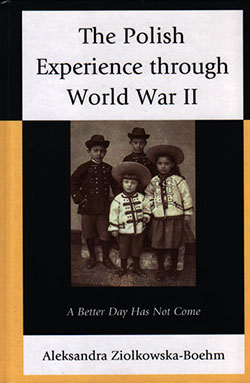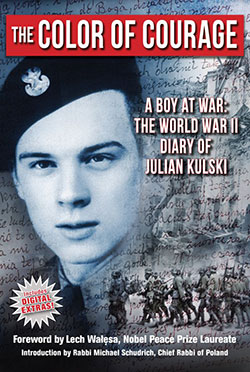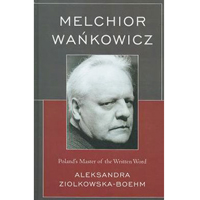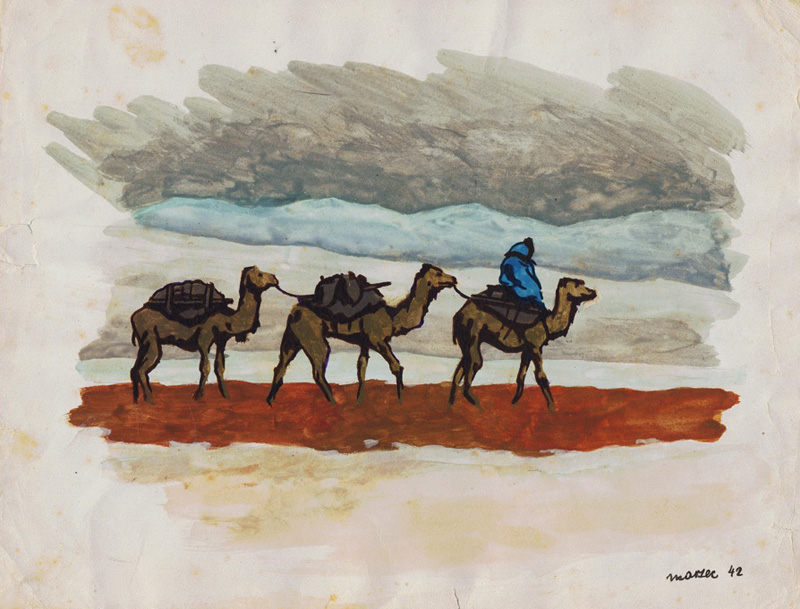 The Polish Experience Through World War II: A Better Day Has Not Come
The Polish Experience Through World War II: A Better Day Has Not Come
By Aleksandra Ziolkowska-Boehm
Lexington Books, NY 2013
The latest book from that most prolific chronicler of Polish WWII experiences, Aleksandra Ziolkowska-Boehm, tells the stories of four families, all of them subjected to the horrors of Poland’s double, Soviet-German, attack. Decades after the brutal and bloody alliance of those two lethal regimes, the Soviet role is still either not known, or is excused – perhaps for no better reason than historical convenience.
Ziolkowska-Boehm has no choice but to provide a background in her introduction, which she does succinctly and clearly. The four family histories that follow are emblematic of Poland’s special position in Europe’s greatest conflict in which both aggressors had as a stated objective nothing less than the annihilation of the Polish state.
The longest story, that of the Wartanowicz family, one branch with roots in the settlement of Armenian immigrants during the late middle ages, is the archetypal narrative of a family decimated by both the Russians and the Germans. Executions by the Gestapo, German POW camps, and deportations to the Soviet Gulag, while those in Poland took part in the Home Army resistance… and paid a price for it after the war when the communists took power. At war’s end, the family was scattered across the globe: Europe, America, Africa and Canada.
Yet another story is that of Wanda Ossowska, whose work for the underground resulted in torture by the Gestapo, periods in concentration camps – Majanek and Auschwitz, where she cared for and saved a French-Jewish teenager. She too suffered at the hands of the communists.
And finally, there is a young girl deported to Russia where her parents died and she, at age 12, was left to care for her younger siblings. One of them died in her care, leaving her inconsolable. Still she journeyed on across other continents until she arrived in the United States where she managed a decent life, but never recovered from her hardships. It was she who said, “a better day has never come.”
These are harrowing tales but important and well told. They speak more about the role of Polish women during the war, a departure from the idea of resistance as understood only in the conventional sense of the word. The care and rescue of family and others, and the preservation of identity and culture are also important elements of resistance and Polish women have long played an important part.
A wonderful book and well worth reading. Illuminates the human tragedy of the dual Soviet-German attack that Poland endured.
 The Color of Courage: A Boy at War: The World War II Diary of Julian Kulski
The Color of Courage: A Boy at War: The World War II Diary of Julian Kulski
Aquila Polonica; Los Angeles, 2014
There is an entire world that separates war while it is raging around you, and war that is analyzed years or decades later while looking through orderly archives and sitting at one’s computer.
Why would a boy of 10 want to be a soldier? Why would adults let him?
Ask the boys – and girls – who joined the resistance in German-occupied Poland and they will tell you: We didn’t ask anyone for permission. Julian Kulski, a charming and successful Washington-based architect was one such boy.
Kulski grew up in Żoliborz, a leafy district in Warsaw that was home to professionals and intellectuals, idealistic people who had fought for Poland’s independence and inculcated the virtues of patriotism and honor in their children. When the war broke out, Julian’s father was second in command to the President of Warsaw, i.e., the mayor of the city, Stefan Starzynski. When the Germans occupied the country, after Poland’s defeat in October 1939, Starzynski was executed, and Julian’s father put in place as the figurehead president, with no power. However, he used that position for the benefit of the Polish resistance, and was arrested by the Gestapo many times.
As a boy, Julian witnessed the German takeover and saw everything he ever knew as liberty taken away. It was not just the material destruction of the city, but the calculated destruction of society, the debasement of the people, that made a huge impression on him. That he, his friends, and all Poles, were condemned to live without an education, were dispossessed, their educational, cultural, and historical institutions destroyed, his family and friends arrested or killed, these are the experiences that put an end to childhood. It was a very young human being who joined the resistance, but he was no longer a boy. War is not just a killer but also a thief; it steals all your possessions, including your childhood.
What follows is Julian’s meticulous record of events as he lived them, the constant danger, the loss of friends, the daily terror. Ultimately, it led to the uprising of 1944, a tragedy on a colossal scale that took the lives of 20,000 insurgents and 200,000 civilians, and ended in the almost total destruction of Poland’s beloved and lovely capital city.
In the aftermath, young Julian ended up the youngest prisoner in a POW camp and finally in a hospital in England where he was treated for PTSD. His doctors suggested he write about his experiences, as therapy; For Julian it was like reliving the nightmare, but it had to be done. This book is the dramatic, heartrending result.
Published by Aquila Polonica with their usual high production values, The Color of Courage includes dozens of wartime maps and photographs, plus a list of digital extras, archival wartime films, that you can access either on your smartphone or by entering the URL as indicated with each entry. Some of footage provided with these links has rarely, if ever, been available to the public. Highly recommended for history buffs.
CR




Pingback: Bulletin Board Summer 2015